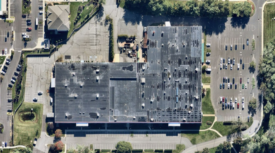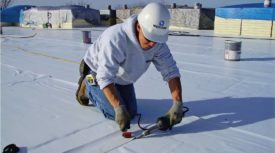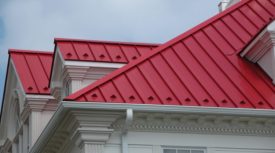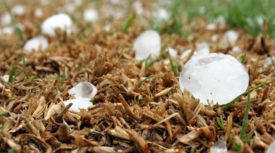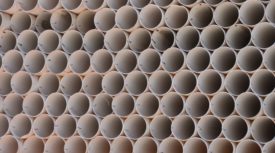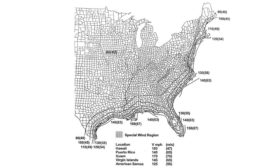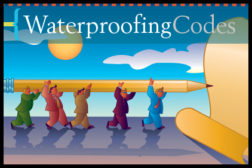Home » Publications » Building Enclosure
Building Enclosure
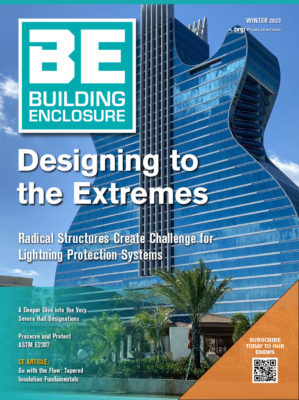
Winter 2023
Features
Back to TopSponsored by GAF
Rainwater mitigation and insulating goals can both be achieved in low-slope or flat roofs with optimized, project-specific tapered polyisocyanurate insulation panel designs and systems.
Read More
Columns
Back to TopPreserve and Protect ASTM E2307 to Avoid Normalization of Deviance
An Open Letter to the AEC Community
August 10, 2022
Codes
Back to TopDetails
Back to TopGet our new eMagazine delivered to your inbox every month.
Stay in the know on the latest building & construction industry trends.
SUBSCRIBE TODAY!Copyright ©2024. All Rights Reserved BNP Media.
Design, CMS, Hosting & Web Development :: ePublishing
